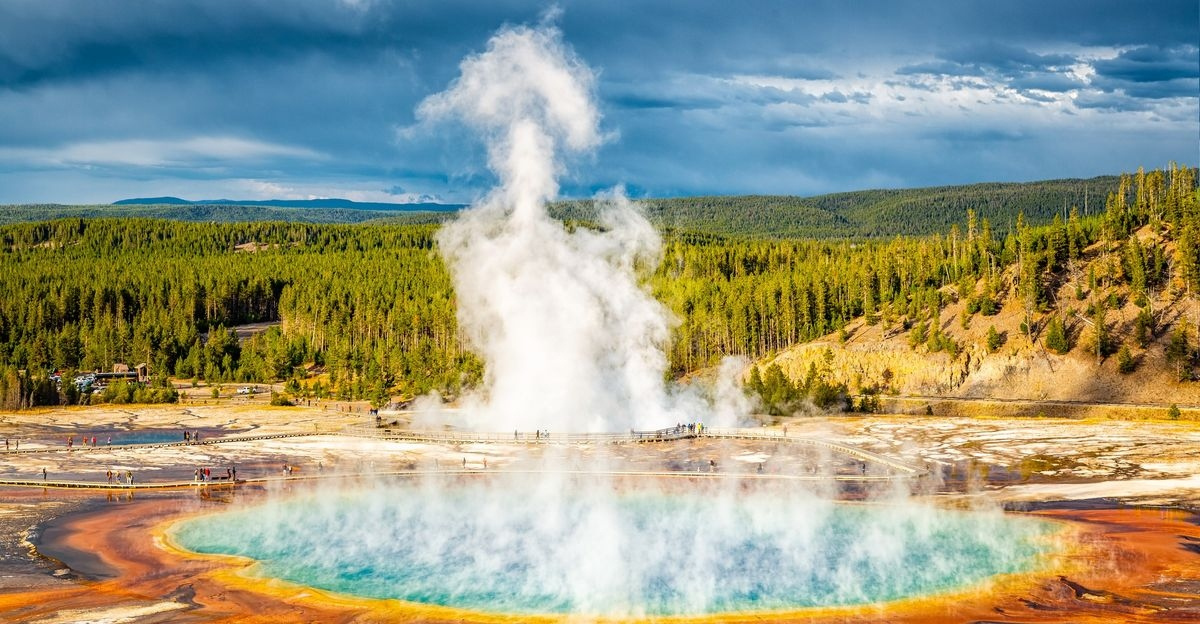
Yellowstone National Park sits atop one of the world’s most famous supervolcanoes, known for its potential to cause catastrophic eruptions. Understanding the magma chamber beneath Yellowstone is crucial for assessing eruption risks and protecting millions of visitors and surrounding communities.
Using innovative seismic techniques, including artificial vibrations generated by a Vibroseis truck and a dense array of portable seismometers, scientists have precisely mapped the upper boundary of the magma reservoir at about 2.3 miles below the surface.
Finding a Hidden Magma Cap
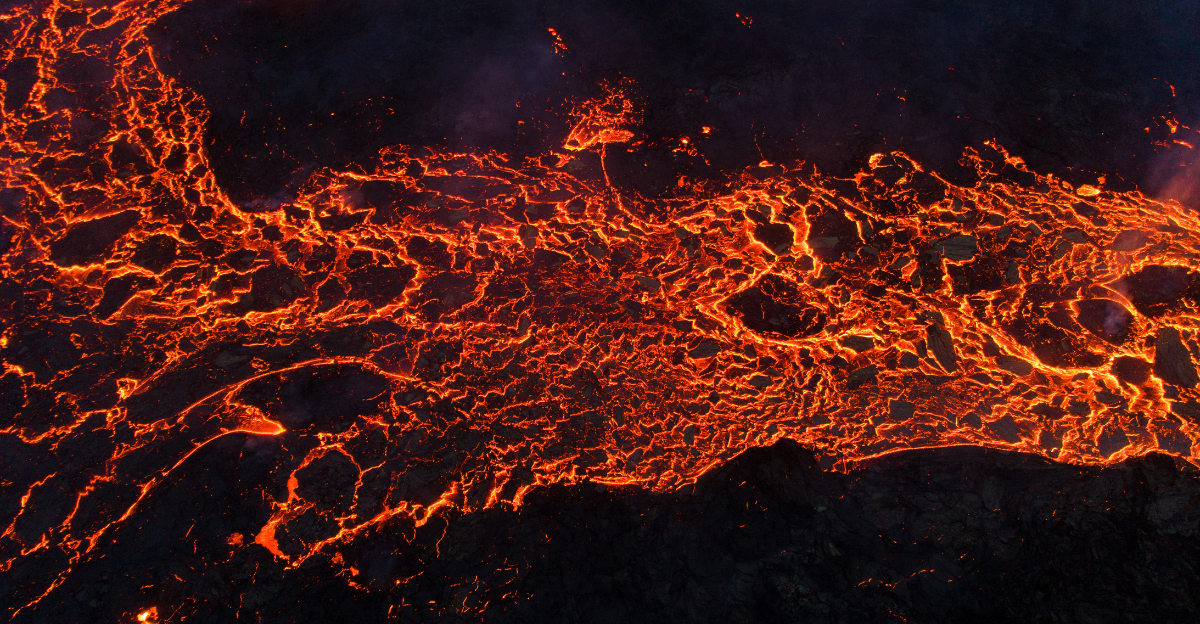
This magma cap, rich in volatiles such as dissolved gases, acts like a “lid” that traps heat and pressure while simultaneously releasing gases through porous rock. This effectively prevents dangerous pressure buildup that could trigger an eruption. Scientists describe this process as “steady breathing,” where gas bubbles rise and vent continuously, maintaining the system’s stability.
This discovery not only refines the estimated depth of the magma chamber but also provides critical insights into why Yellowstone’s supervolcano remains dormant despite its vast magma supply. “For decades, we’ve known there’s magma beneath Yellowstone, but the exact depth and structure of its upper boundary has been a big question,” said Brandon Schmandt, professor of earth, environmental and planetary sciences at Rice University and co-author of the study.
Locating the Magma Chamber’s Upper Boundary
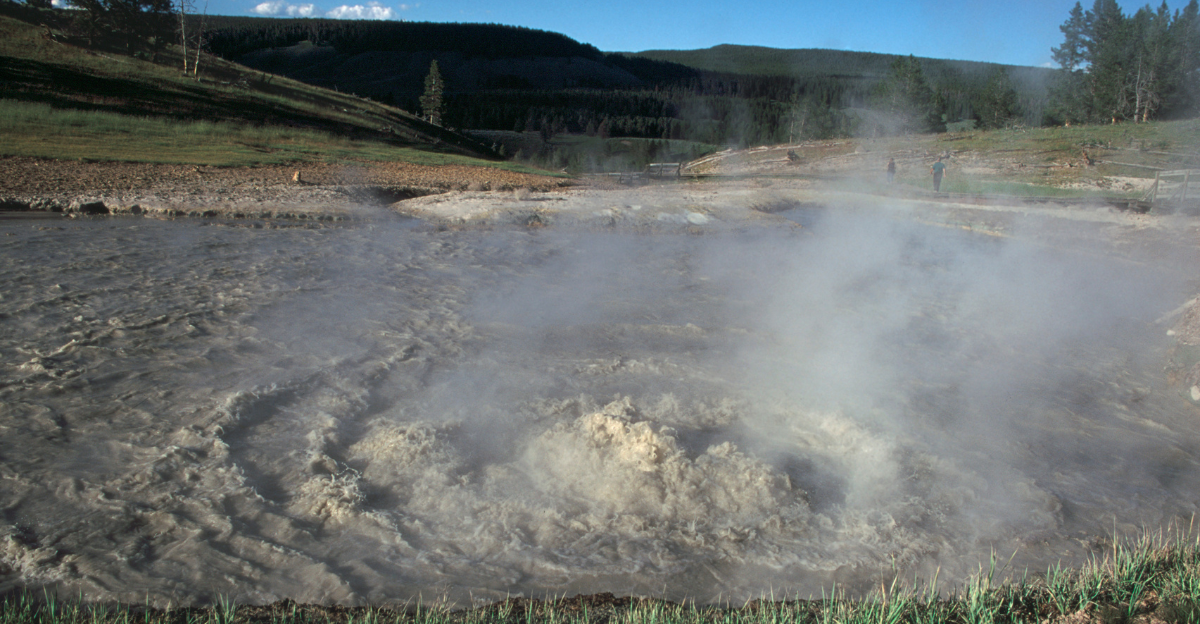
Scientists have successfully pinpointed the upper boundary of Yellowstone’s magma chamber at about 2.4 miles beneath the northeastern part of the caldera, near the Yellowstone River. This precise location was determined using artificial seismic waves generated by a Vibroseis truck combined with data from over 600 portable seismometers, allowing researchers to create detailed seismic reflection images of the subsurface.
A sharp transition between the overlying solid rock and a mixture of molten rock, solid crystals, and volatile gases within the magma chamber marks the boundary. “For decades, we’ve known there’s magma beneath Yellowstone, but the exact depth and structure of its upper boundary has been a big question,” Schmandt said.
Role of Gas Bubbles in Volcanic Activity
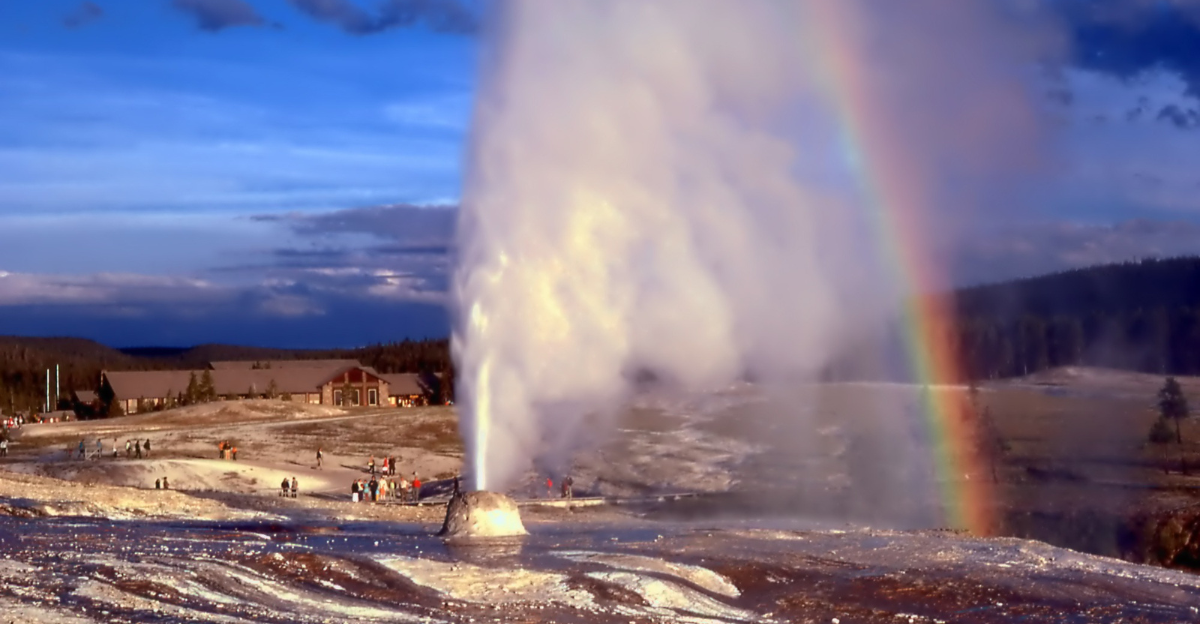
As magma rises toward the surface, the decreasing pressure causes dissolved gases to exsolve and form bubbles, which expand rapidly-sometimes to thousands of times their original size. This expansion propels magma and gas upward through the volcanic conduit, potentially leading to explosive eruptions that eject lava and tephra high into the air. Whether an eruption is explosive or effusive depends largely on how easily these gas bubbles can escape.
If gases are trapped, pressure builds until the magma fragments violently; if gases escape gradually through porous rock or repeated non-explosive fragmentation, eruptions tend to be gentler lava flows. “Although we detected a volatile-rich layer, its bubble and melt contents are below the levels typically associated with imminent eruption,” Schmandt said. “Instead, it looks like the system is efficiently venting gas through cracks and channels between mineral crystals.”
Composition of the Magma Chamber

The magma chamber beneath Yellowstone is composed primarily of rhyolitic magma, a high-silica, viscous type of molten rock that dominates the upper crustal reservoir, extending from about 3 to 10 miles deep. This chamber is vast, approximately 55 kilometers long and 24 kilometers wide, but mostly solid, with only about 5 to 15% of its volume consisting of molten melt mixed with solid crystals and gases.
Beneath this rhyolitic layer lies a deeper, larger magma body containing basaltic magma, which is less viscous and hotter and likely acts as a heat source that sustains the upper rhyolitic chamber. The rhyolitic magma’s high silica content contributes to its viscosity and explosiveness potential, but current measurements indicate the melt fraction is below the threshold needed for an eruption.
Magma Movement and Shifts Beneath Yellowstone
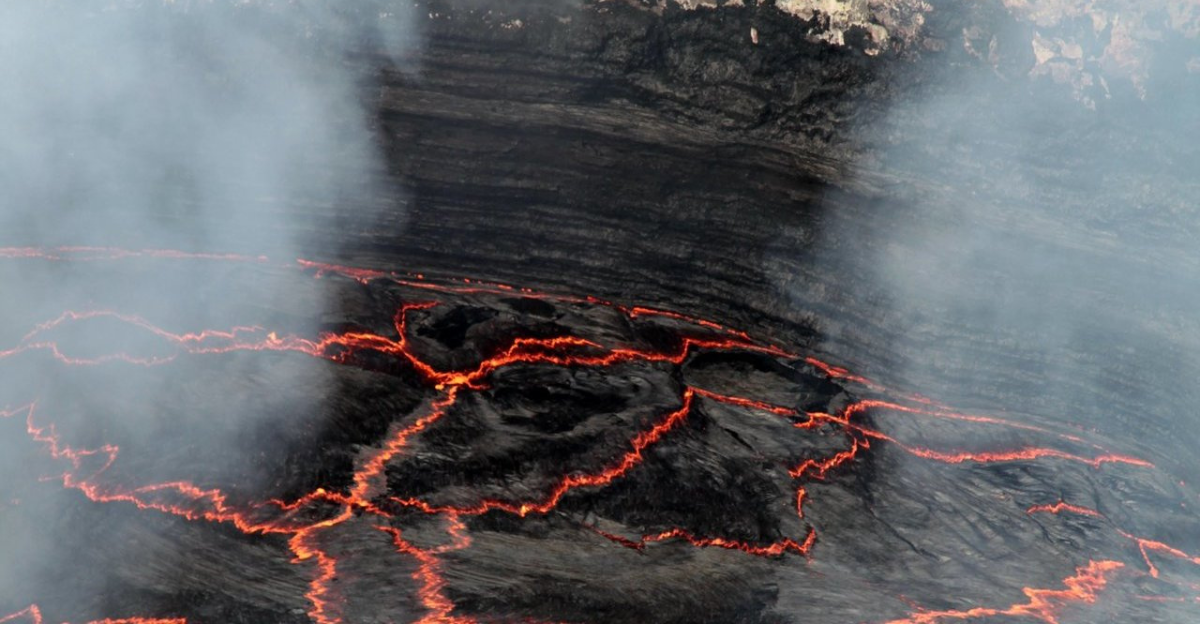
Recent studies reveal that magma beneath Yellowstone is gradually shifting toward the northeast portion of the caldera, marking a significant change in the volcanic system’s dynamics. While magma storage in the western part of the caldera is diminishing, reservoirs of viscous rhyolitic magma have migrated northeastward, a relatively dormant area for about 160,000 years.
This northeast region now hosts several isolated magma chambers at shallower depths, connected to deeper basaltic magma sources that supply heat and potentially new melt. Although these chambers could hold volumes of magma comparable to past caldera-forming eruptions, current melt fractions remain too low to trigger an eruption.
Monitoring Yellowstone’s Volcanic Activity
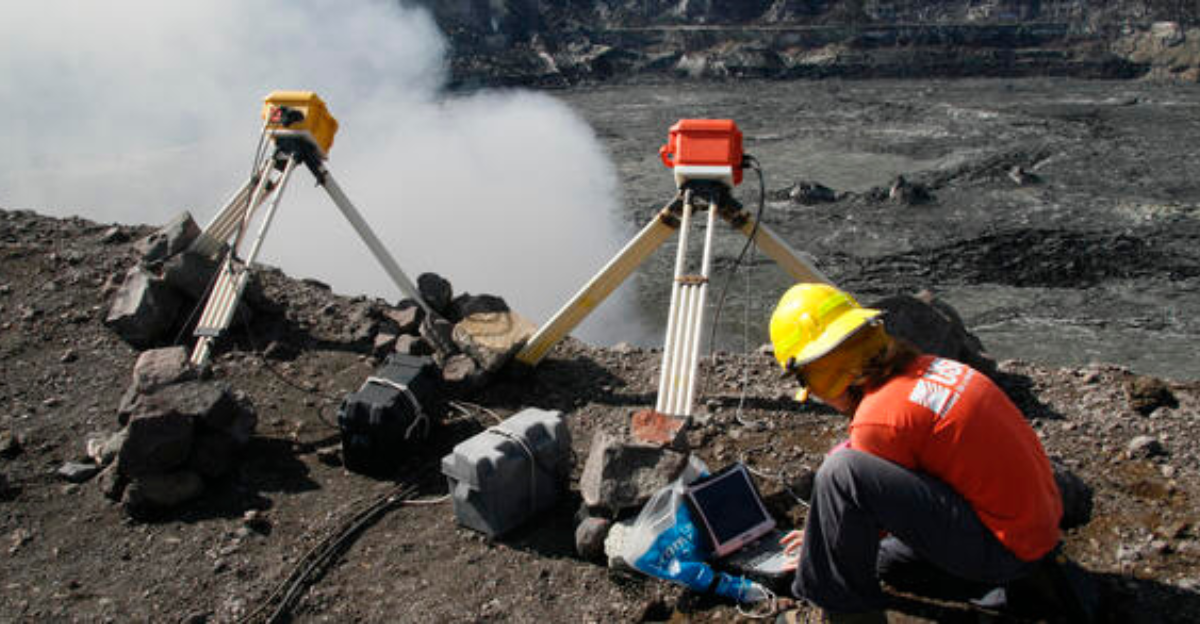
Monitoring Yellowstone’s volcanic activity is a sophisticated, multi-agency effort coordinated primarily by the Yellowstone Volcano Observatory (YVO), which integrates data from a network of seismic stations, GPS sensors, gas emission detectors, and remote sensing technologies. These instruments track key indicators such as earthquake swarms, ground deformation, gas release, and thermal changes often preceding volcanic unrest. Seismometers detect magma movement through earthquake activity, while GPS and tiltmeters measure subtle swelling or subsidence of the ground surface caused by magma pressure changes.
Remote sensing, including satellite-based InSAR, helps identify surface deformation over large areas, and gas monitoring detects changes in volcanic emissions that signal shifts in magma dynamics. This comprehensive, real-time monitoring system enables scientists to distinguish regular background activity from signs of potential eruptions.
Implications for Eruption Risk Assessment
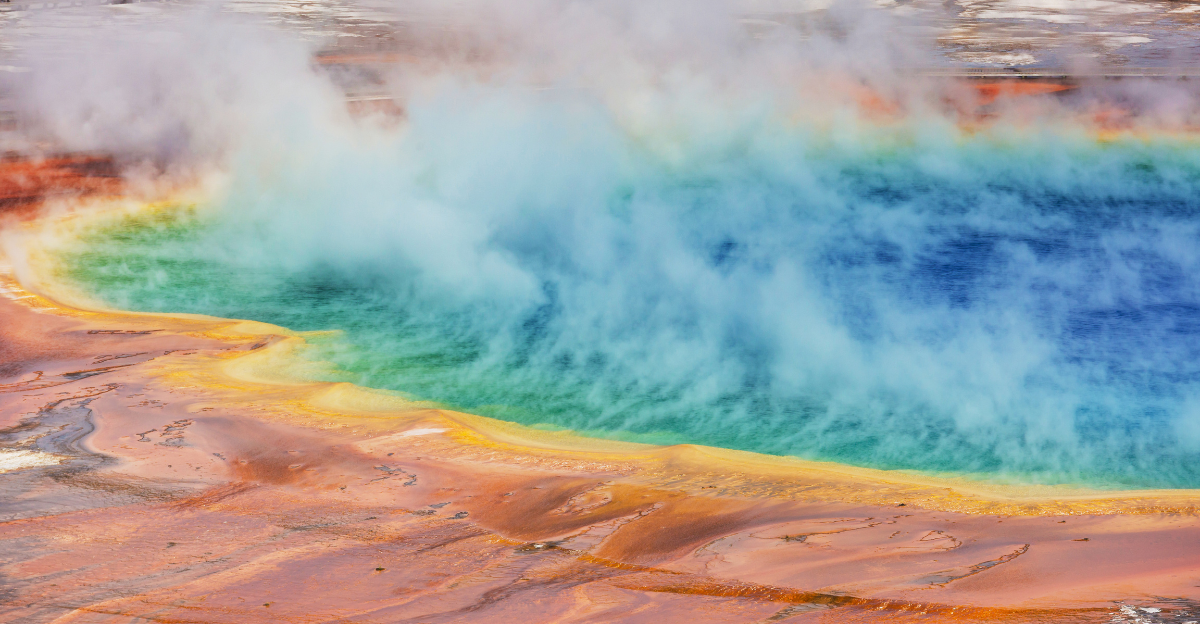
The discovery that gases continuously escape through porous rock reduces the likelihood of dangerous pressure buildup, suggesting that the risk of a catastrophic eruption shortly is low. This challenges earlier assumptions that Yellowstone’s supervolcano is primed for an imminent eruption and underscores the importance of focusing on gradual magma and gas movements rather than sudden explosive events.
However, because past supereruptions at Yellowstone have had devastating regional and global impacts, widespread ashfall and climate disruption-ongoing monitoring and refined hazard models remain essential for preparedness.
Public Concerns and Scientific Communication
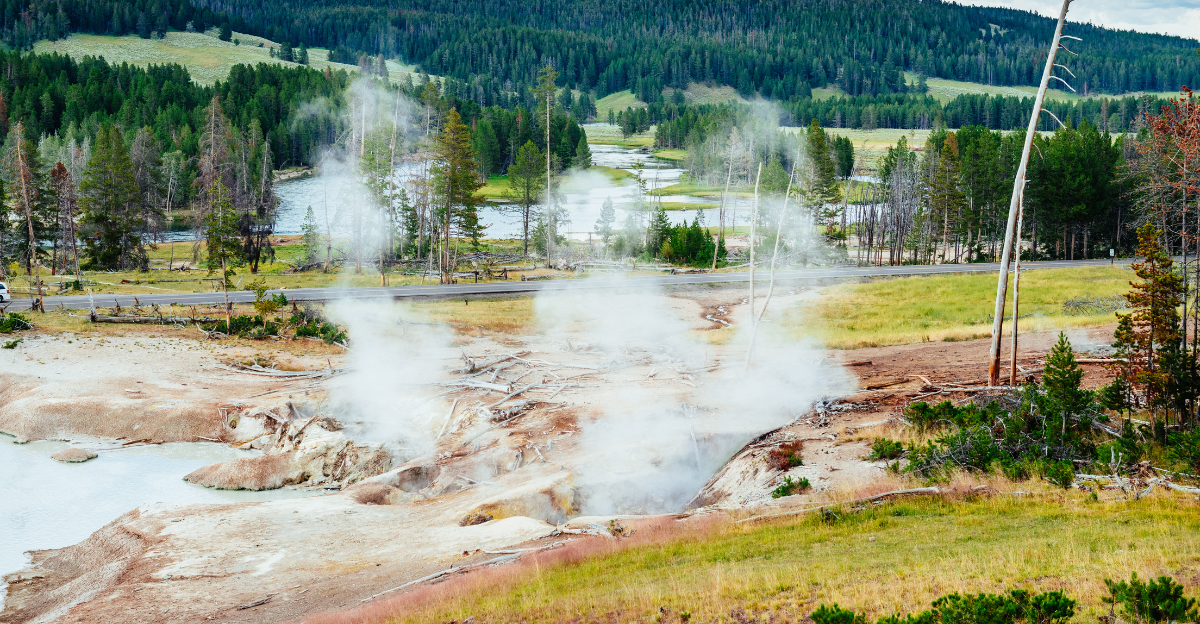
Public concerns about Yellowstone’s volcanic activity often spike following unusual events or sensationalized reports, fueling fears of an imminent supereruption. Scientists and agencies like the Yellowstone Volcano Observatory (YVO) help address these fears through clear, evidence-based communication. They emphasize that there is no indication of a catastrophic eruption in the foreseeable future, with such events being extremely rare and unlikely within the next few centuries.
Instead, experts focus on educating the public about the more common and less dangerous hydrothermal explosions and ongoing geological processes that shape the park’s landscape. Transparent sharing of monitoring data, timely updates on volcanic activity, and outreach efforts help build public understanding and preparedness without causing undue alarm.
A Safer Future with Continued Research
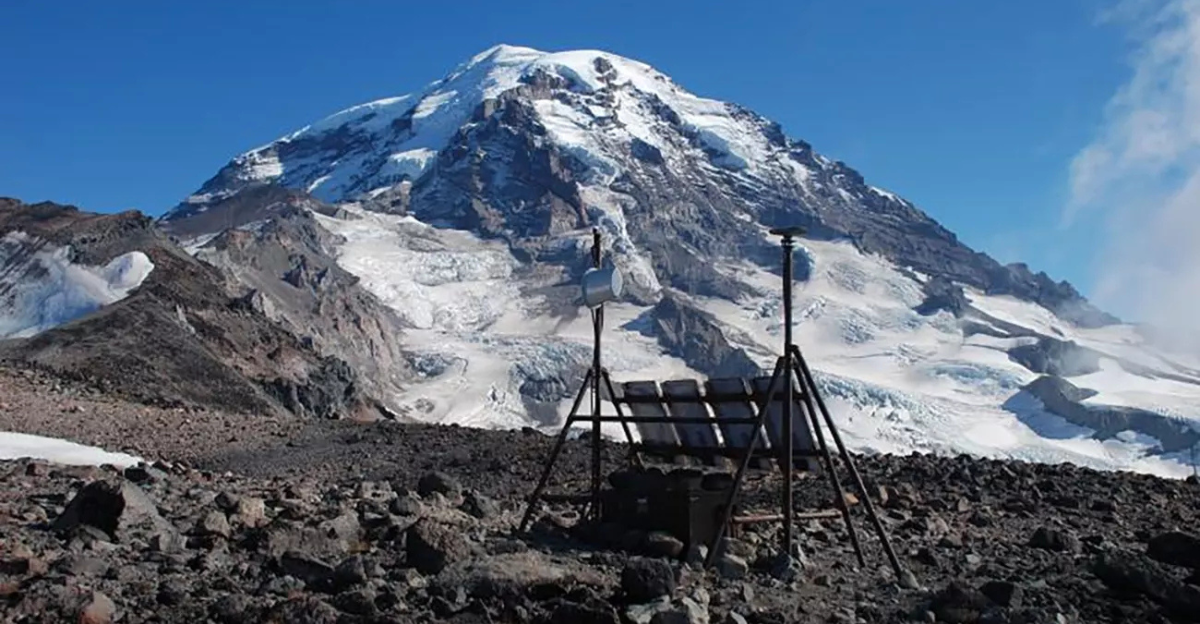
Ongoing monitoring and advanced modeling allow scientists to track subtle shifts in Yellowstone’s underground dynamics in real time, improving eruption forecasting and hazard preparedness. These insights protect communities around Yellowstone and advance volcanic risk assessment globally, as similar techniques can be applied to other volcanic systems.
This sustained research effort ensures that while Yellowstone remains an active and dynamic volcano, the likelihood of a catastrophic eruption remains low, and any potential threats can be identified well in advance.
Explore more of our trending stories and hit Follow to keep them coming to your feed!

Don’t miss out on more stories like this! Hit the Follow button at the top of this article to stay updated with the latest news. Share your thoughts in the comments—we’d love to hear from you!







